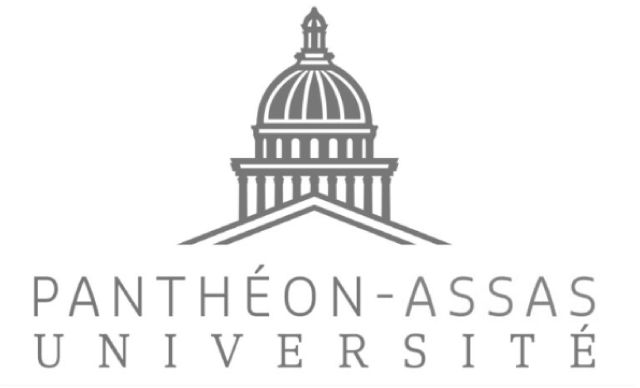The use of force in a changing world
The 1990s witnessed an increasingly heated international discussion about humanitarian intervention and what obligations states had to secure the rights of individuals in cases where governments systematically sought to deny even the most basic human rights to life, food, or shelter. The present debate about how to deal with the threat posed by catastrophic terrorism – the combination of terrorists, tyrants, and technologies of mass destruction – is in many ways an extension of this earlier discussion. Both highlight the pressing need to devise a new framework for determining when and how and by whom force can be used. The old rules, which in many instances prevent the use of force in a timely and effective manner, are clearly no longer adequate to deal with many of the new threats. But the new rules suggested by the Bush administration’s doctrine of preemption, while enhancing the possibility that force can be used in ways that deal effectively with the new threats, ignore the need to legitimize the use of force, which for the purposes of maintaining a viable international order remains as vitally important as ensuring greater effectiveness in its application. The challenge, therefore, is to craft new rules that enhance both the effectiveness and the legitimacy of the use of force. It is a challenge that can be met only if the United States and its major international partners, especially its friends in Europe, work together on devising new rules to deal with new threats. –Summary AFRI-2003


